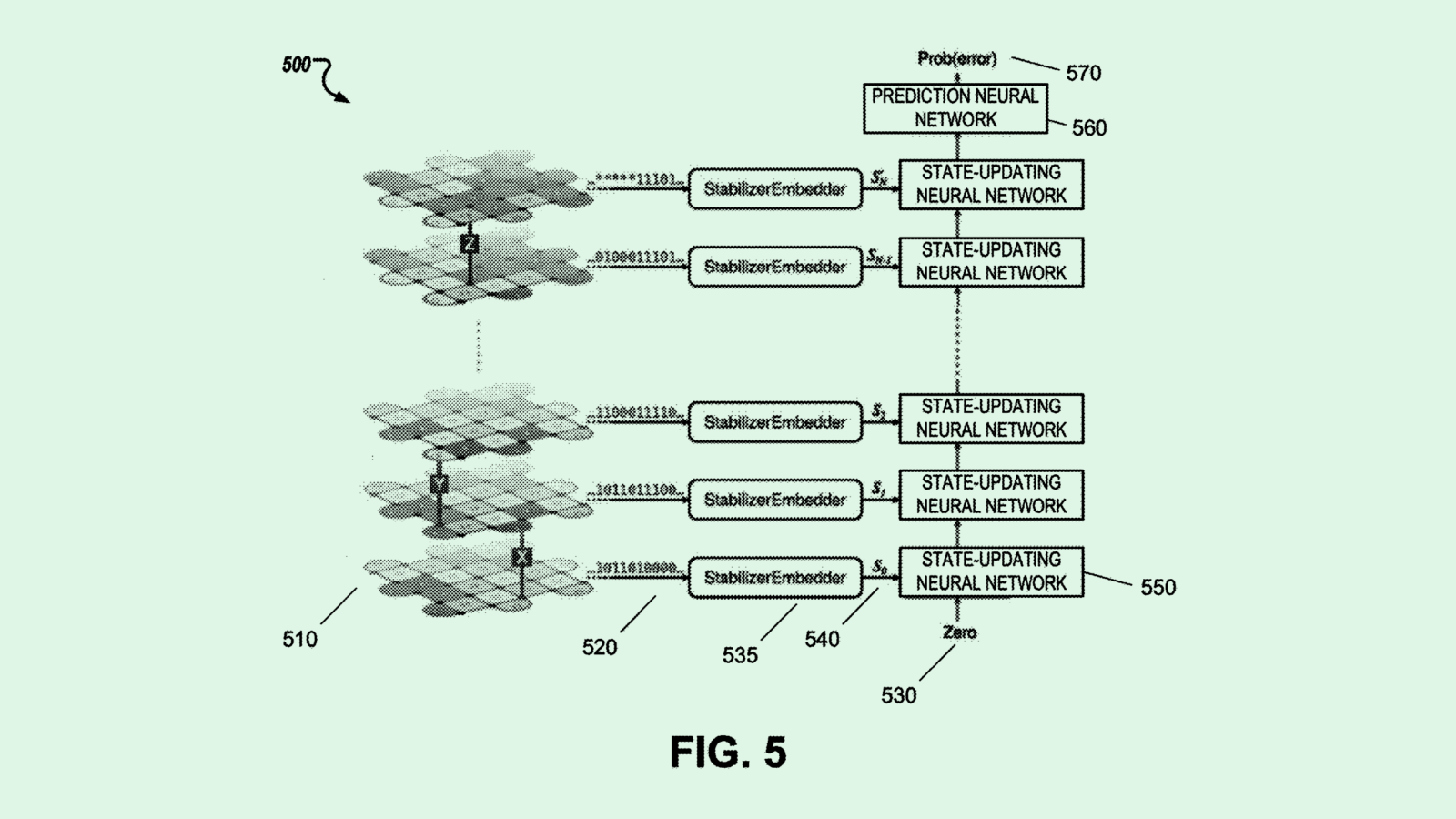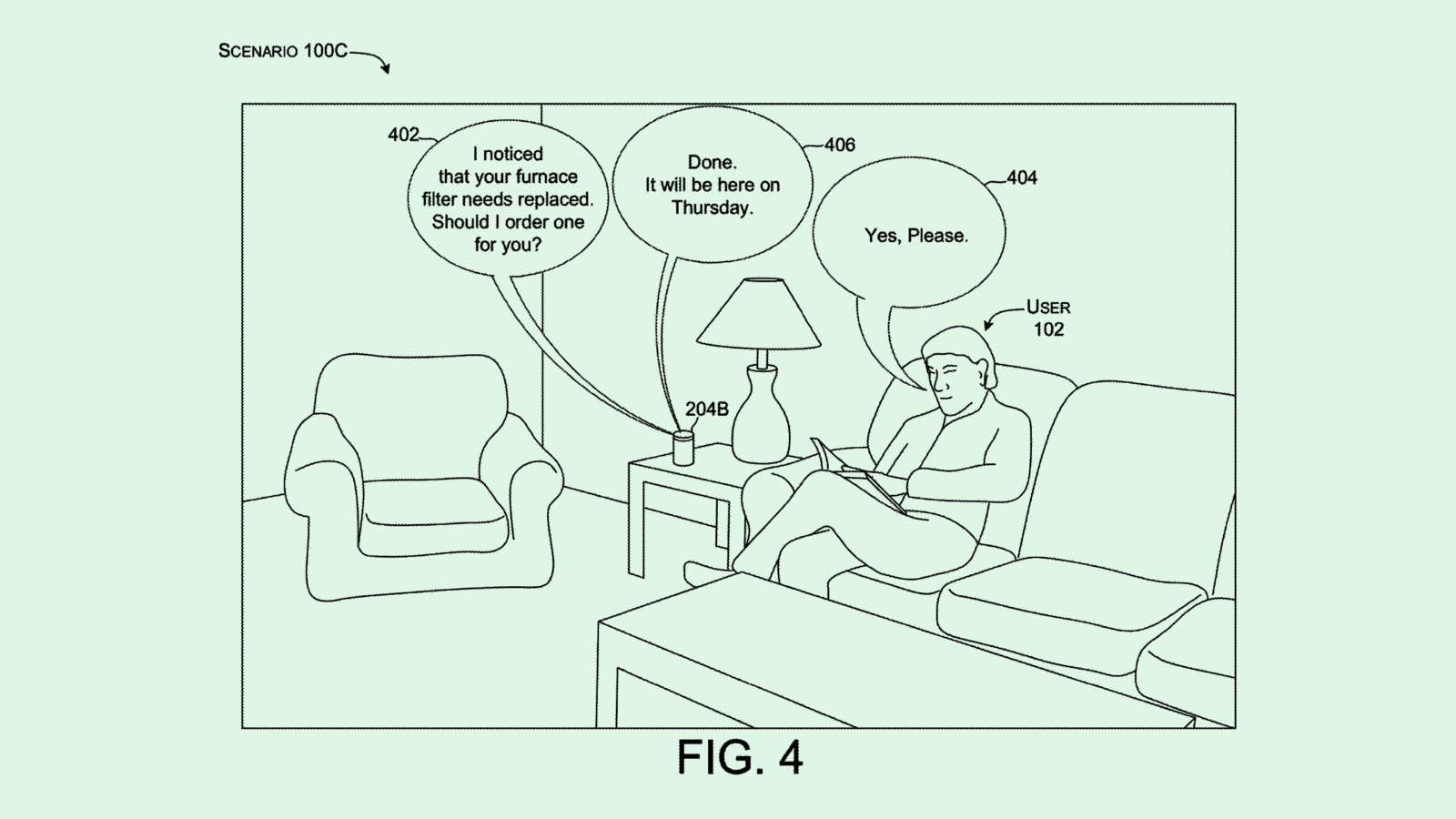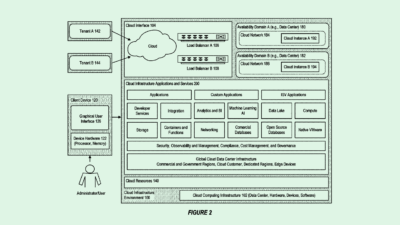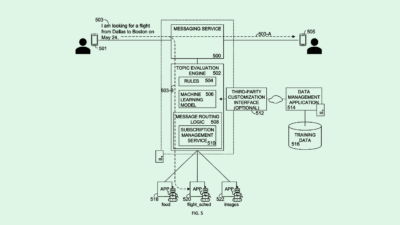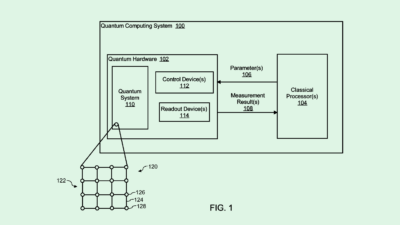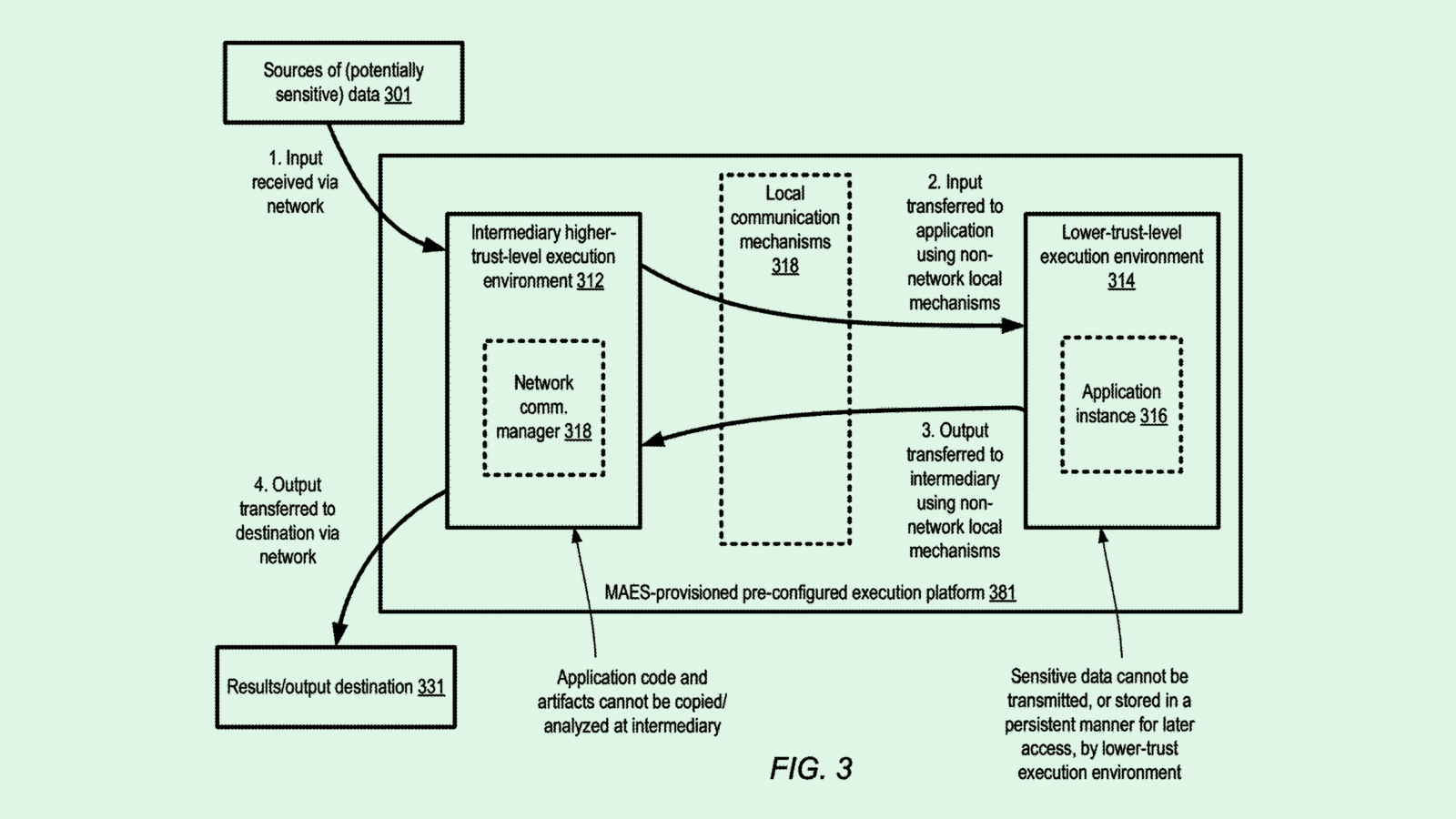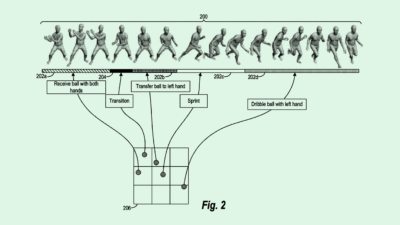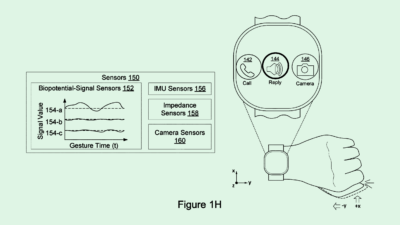Facebook Enhances Your Live Stream (plus more from Twitter & Microsoft)
Three new patents from Facebook, Twitter and Microsoft, including live-streaming with video reactions, multiple message quotes & more.
Sign up to uncover the latest in emerging technology.
feat. live-streaming with video reactions, multiple message quotes & more
Three new patents from Facebook, Twitter and Microsoft:
1) Facebook – video clips of viewers’ reactions during a live stream broadcast

Currently, the only way a broadcaster receives feedback on their live stream is through reading the comments or looking at ‘loves’ appearing on screen.
Facebook is thinking about enabling deeper forms of interaction between a broadcaster and the viewers of a live stream. Specifically, viewers being able to send video clip reactions that the broadcaster can then display on their live stream.
The hope is that this feature lifts the live-streaming experience for both viewers and broadcasters.
For broadcasters, they get a richer form of feedback to their live-stream. Being able to embed the feedback onto the live-stream helps make the broadcast more engaging. Moreover, the feedback in itself provides more material to talk about while on the live stream.
For viewers, being able to provide a real-time response to a broadcast makes the experience of watching live streams more interactive. There is also the added incentive of possibly getting exposure and a meaningful response from the broadcaster if your response is embedded into the live stream.
All in all, Facebook is looking to lift the live stream experience with deeper forms of interaction between broadcasters and viewers. And broadcasting is converging to becoming real-time conversations between broadcaster and viewer.
2) Twitter – quoting multiple messages in a tweet

In this patent, Twitter describe being able to quote multiple messages in a retweet.
By enabling multiple messages to be quoted in one tweet, Twitter is allowing for users to provide a deeper context in a quote tweet. Rather than just quoting one single tweet, a quote tweet can now highlight a specific conversation, or maybe a thread of tweets.
Given the common complaint of quote tweets enabling ‘dunks’ and the ability to take a single tweet out of context, the ability to quote multiple tweets creates interesting behavioural dynamics on the platform. For instance, if you decide to quote one tweet without showing in the context of a wider conversation, it now becomes a ‘choice’ from a user, as opposed to the result of a platform limitation.
3) Microsoft – automated summaries of meetings and presentations segmented by topics

With remote work meaning a more distributed workforce and less in-person meetings, Microsoft have been thinking about how to make remote meetings and presentations easier to summarise, understand, and come back to in the future.
With most meetings and presentations, there’s always a degree of information loss from what was actually discussed to what is subsequently noted. And even if a meeting is fully recorded by video for others to watch, there’s a time and effort barrier to watching the whole meeting to extract what’s important.
Products like Fireflies.ai seek to try to solve this problem by allowing users to Record, Transcribe and Search voice conversations.
Microsoft is now thinking one step bigger.
With each meeting or presentation, Microsoft are looking to automatically transcribe the conversation, identify the main topics of discussion, and then provide time stamps for viewers to easily jump into the key bits of the meeting.
As Microsoft Teams has exploded in growth as a result of Covid, this tool could provide a lot of utility for companies versus the fragmented experience of using Slack and Zoom for internal communication.
By leveraging AI and natural language processing for both videos and chat in its platform, Microsoft can help companies make sense and keep track of all of the information flowing within an organisation, that otherwise can end up getting lost in the sea of data.
